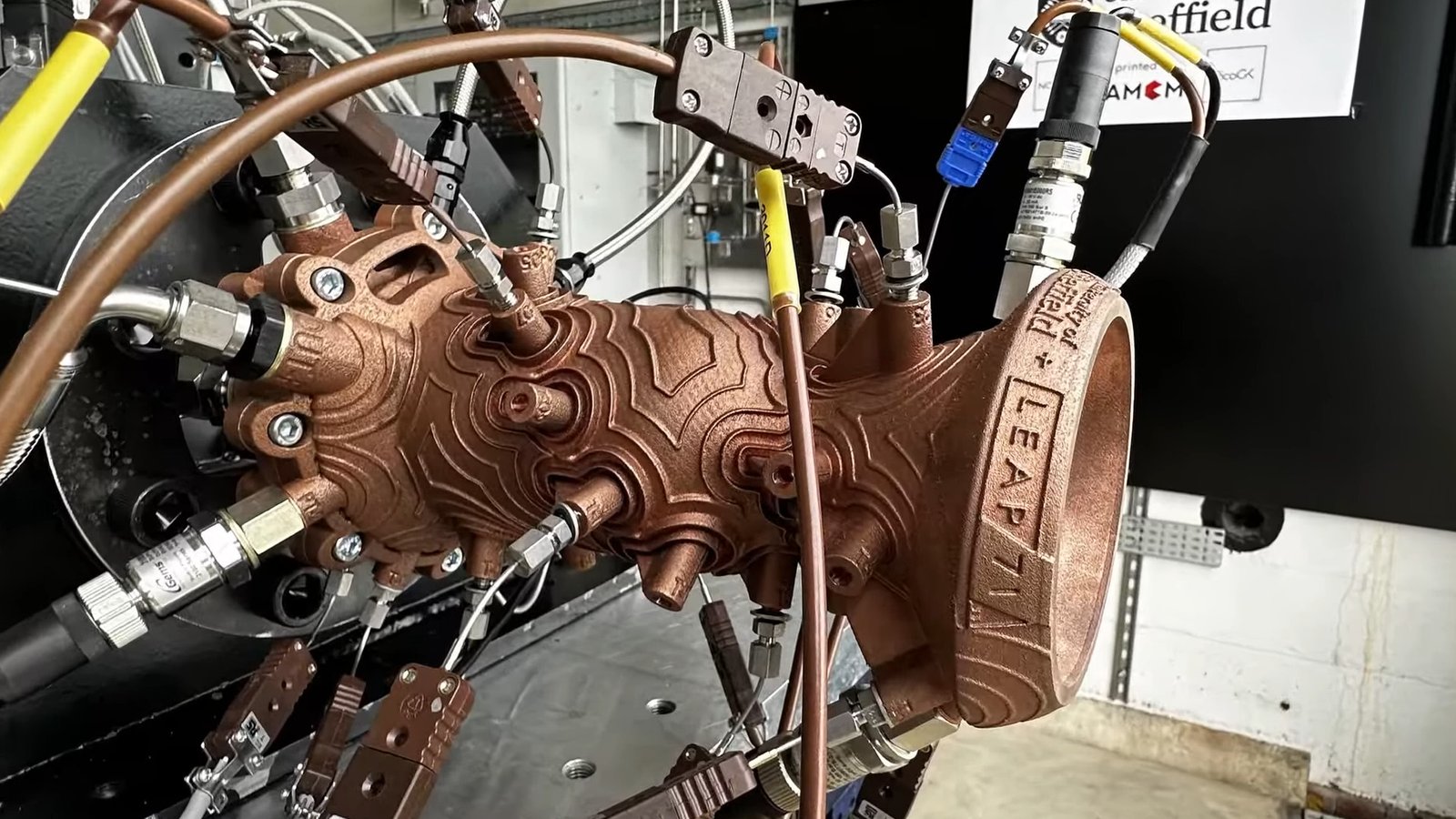Understanding Generative AI and Its Role in Motor Design
Generative AI represents a transformative approach in the field of design, particularly in motor design, by harnessing advanced algorithms to create innovative engineering solutions. This technology utilizes a combination of artificial intelligence and computational design principles, enabling engineers to explore a multitude of design options rapidly. Generative design functions through an iterative process, wherein data inputs, such as functional requirements, material properties, and manufacturing constraints, are analyzed extensively by algorithms to yield optimized design proposals.
At the heart of generative AI is its ability to evaluate various design parameters against predefined performance metrics. By integrating machine learning techniques, this technology not only accelerates the design process but also enhances the overall performance and efficiency of motors. Generative AI can analyze complex interactions among variables, such as weight, strength, and thermal dynamics, to propose designs that would likely be overlooked by traditional design methodologies.
In practice, generative AI employs software tools that enable engineers to visualize potential designs and their functionalities. Programs like Autodesk’s Fusion 360 and Siemens’ NX provide a platform where users can input the necessary specifications and constraints. The software then utilizes optimization algorithms to generate multiple motor design alternatives, each taking into consideration factors such as sustainability and manufacturability. Through simulation and real-time feedback, designers can refine their options before prototyping, thus streamlining the development process and reducing time and costs associated with physical iterations.
The integration of generative AI into motor design is not merely a trend; it represents a pivotal shift towards more efficient and innovative engineering practices. As industries increasingly adopt these tools, the potential for enhanced performance and reduced environmental impact will continue to evolve, indicating a promising future for the application of generative AI in this field.
Advantages of Applying Generative AI to Motor Design
The integration of generative AI into motor design processes presents several compelling advantages that can transform traditional engineering approaches. One of the most significant benefits is the enhancement of optimization for performance and energy efficiency. By utilizing advanced algorithms, generative AI can analyze vast amounts of data related to motor performance, leading to the creation of innovative designs that maximize output while minimizing energy consumption. This optimization is particularly crucial in industries like automotive and aerospace, where efficiency directly correlates with sustainability and cost-effectiveness.
Another critical advantage lies in the reduction of material usage. Generative AI enables designers to evaluate various configurations and material properties, resulting in the creation of lightweight yet robust motor components. For example, automotive manufacturers have reported substantial material savings through AI-driven design processes, leading to not only financial savings but also a lower environmental impact. This aligns with current trends towards sustainable manufacturing practices, where minimizing waste is a top priority.
Moreover, generative AI accelerates the iteration and prototyping phases of motor design. Traditional design processes can be time-consuming, often requiring multiple cycles of testing and refinement. In contrast, generative AI allows for rapid generation of numerous design alternatives based on set parameters. This agility in design enables engineers to explore innovative solutions without the constraints of conventional methods. A notable case study in aerospace illustrates this advantage, showing a significant reduction in development time and associated costs, allowing for a more efficient path from conception to production.
In summary, the incorporation of generative AI into motor design not only enhances performance and reduces material usage but also streamlines the development process. As businesses continue to embrace this technology, the resulting efficiencies and innovations are set to reshape the landscape of motor design across various industries.
Challenges and Considerations in Using Generative AI for Motor Design
Generative AI presents a multitude of opportunities within the realm of motor design, yet it is not without its challenges. One of the primary technical hurdles is the requirement for high-quality data sets that are essential for training effective generative models. Without comprehensive and accurately labeled data, the potential for AI to create innovative solutions diminishes significantly. Ensuring that the data reflects a wide variety of design specifications and operational scenarios is crucial for the successful application of generative AI in this context.
Another complexity lies in interpreting AI-generated designs. While generative AI can produce novel motor configurations, human engineers must decipher these designs, ensuring they meet safety, performance, and design standards. This task may entail a steep learning curve, as engineers may need to adapt to rapidly evolving technologies and methods suggested by AI. The skill gap between traditional design methodologies and AI-assisted approaches could pose a challenge for existing engineering teams.
Moreover, dependence on AI raises concerns about the erosion of human oversight in the design process. While AI can enhance efficiency and creativity, over-reliance might lead to diminished roles for engineers and possibly result in a lack of accountability in design validation. It is imperative that engineers remain integral to the process, providing critical insight and expertise to evaluate the AI’s output meticulously.
To address these concerns, organizations can implement strategies that focus on collaboration between engineers and AI tools. Regular validation of AI-generated designs against industry standards can serve as a safeguard, ensuring that the final outputs align with both functional expectations and regulatory requirements. By fostering an environment where human expertise complements AI capabilities, the motor design process can benefit from the strengths of both entities while mitigating potential challenges.
The Future of Motor Design: Trends and Innovations Driven by Generative AI
The advent of generative AI is revolutionizing the field of motor design by introducing new paradigms that enhance creativity and efficiency. As we look towards the future, it is clear that emerging technologies, including machine learning and advanced simulation tools, will play a vital role in shaping innovative designs. These technologies enable engineers to create and test more complex models quickly, optimizing for parameters such as weight, performance, and energy consumption, thereby streamlining the design process.
One significant trend is the increased collaboration between human designers and AI systems. Generative AI can analyze vast amounts of data and provide insights that inform design choices, leading to more innovative outcomes. For instance, AI algorithms can generate multiple design alternatives based on defined constraints and performance metrics, which can then be assessed by human engineers for feasibility and practical implementation. This symbiotic relationship fosters creativity and helps mitigate the risks associated with conventional design methods.
The impact of generative AI on sustainability in motor design cannot be overlooked. As the automotive industry shifts towards electric and hybrid vehicles, the demand for more efficient and environmentally friendly designs is paramount. Generative AI can assist in creating lighter, more energy-efficient motors, which directly contribute to extended vehicle ranges and reduced carbon footprints. Furthermore, the optimization capabilities of generative AI can lead to less material waste during production, thus promoting sustainable practices across the industry.
In conclusion, generative AI is set to transform the future of motor design by introducing novel methodologies that enhance collaboration, sustainability, and overall efficiency. As the industry continues to explore and integrate these groundbreaking technologies, we can anticipate significant advancements in the performance and ecological footprint of modern motors.









